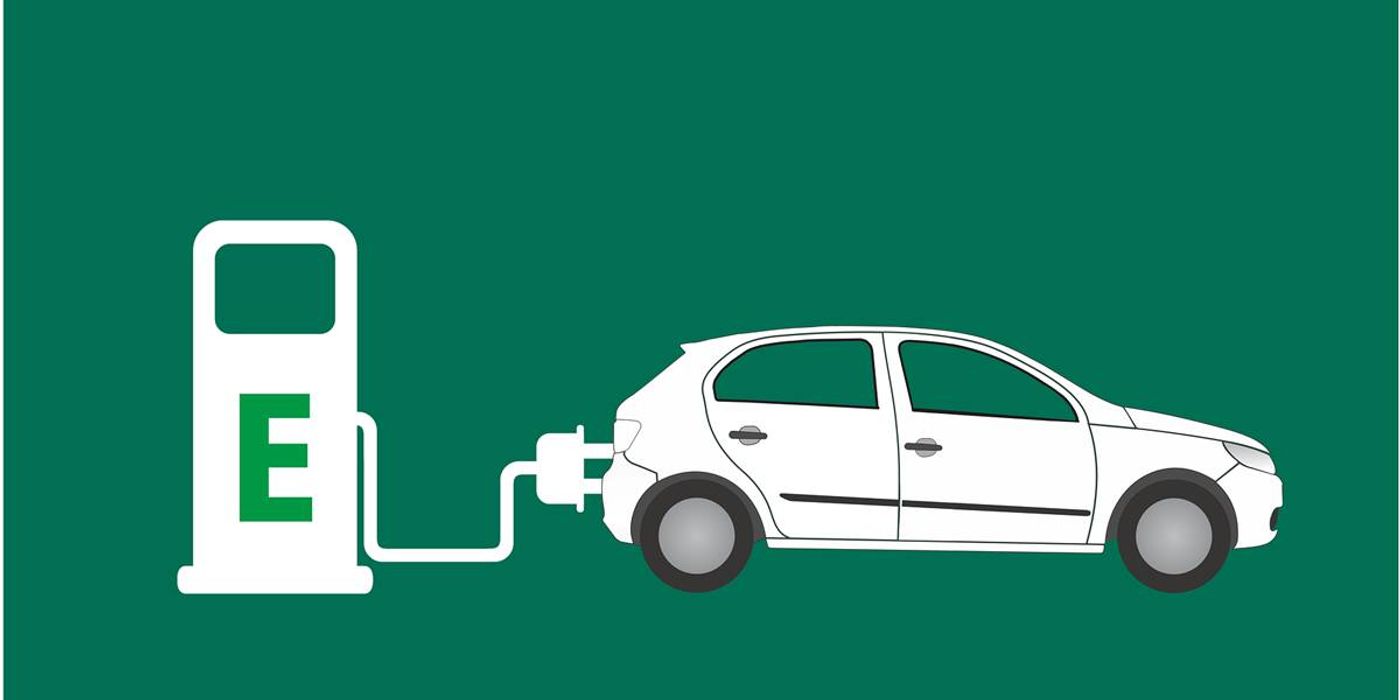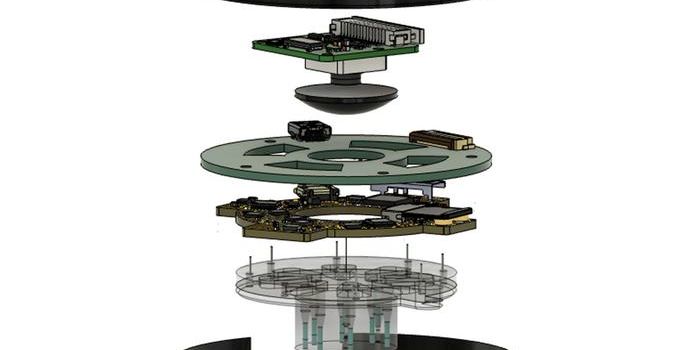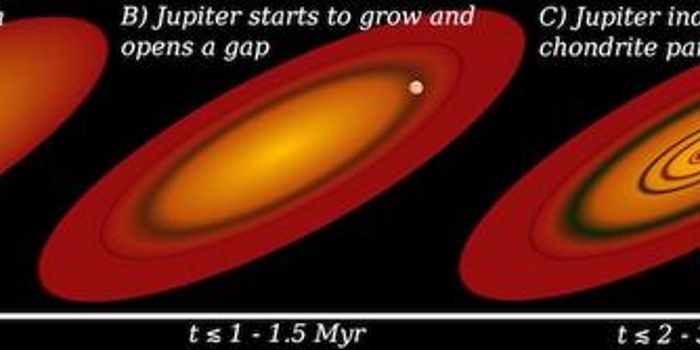New Electrochemistry Warrants Million-Mile Worth of Battery Lifespan
It is no secret that Elon Musk, the mastermind behind Tesla and SolarCity, is betting on an electrified future for our society. But lithium-ion (Li-ion) batteries, the essential component of this ongoing revolution, represent a bottleneck toward total electrification. Among many of their limitation, the shortening of the lifespan after a certain number of charging cycles is an evident and pressing challenge.
In a recent article, a team of scientists at Dalhousie University in Halifax, Canada reported their research on an innovative battery design, which was funded by Canada's Natural Sciences and Engineering Research Council (NSERC) and Tesla.
During their three-year study, a new type of battery, called NMC532/graphite cells, was subjected to interrogation with numerous charge-discharge cycles and long-term energy storage at three different ambient temperatures. Their data showed that the battery is capable of powering an electric vehicle for over 1 million miles (or 1.6 million km)-worth of charging.
There are currently four types of Li-ion batteries: lithium-polymer, lithium iron phosphate (LiFePO4), lithium manganese oxide (LiMn2O4, Li2MnO3, or LMO), and lithium nickel manganese cobalt oxide (LiNiMnCoO2 or NMC).
Whether they are in a handheld device or an EV, Li-ion batteries have one thing in common: they lose charging capacity over time, some faster than the others. For example, a lithium-polymer battery, which can be found in many smartphones nowadays, may lose up to 20% of its electricity-holding capacity after only 1000 charge cycles. (If you charge once a day, that amounts to less than three years of usage.)
Cathode degradation is often the main culprit behind the shortening of battery lifespan — the back-and-forth flow of ions between the cathode and the anode cause the cathode material to be worn out.
Another well-known cause is the crystal formation within the batteries. In a study conducted at Brookhaven National Laboratory, scientists observed buildup of small crystals within the Li-ion battery's ion channels using transmission electron microscope (TEM).
This phenomenon is due to the unpreventable imperfections in the battery’s anode and cathode. These tiny imperfections can act as a nucleation site for crystals to form.
The Tesla-backed NMC532/graphite cells, as its name indicates, has artificial graphite as cathodes, and also a revamped lattice structure of its energy-storing compound — lithium nickel manganese cobalt oxide.
This improved electrochemical configuration allows the battery to survive many more charging cycles with a minimum occurrence of cracked crystal and degraded cathode.
LabRoots reached out to both Dr. Jeff Dahn, the senior author of the published report, and Tesla Canada with regard to the latest invention. But by the time this story is published, no comments are provided.
Unsurprisingly, this groundbreaking design has now become a proprietory technology of Tesla, according to an earlier report from the Wired.
However, you are more than welcome to check out how Tesla's new battery perform in the paper published in the Journal of Electrochemical Society by the Dalhousie researchers.
Interested in learning more about EV batteries? Watch the following video from Joe Scott.
The True Lifespan Of EV Batteries Will Surprise You (Joe Scott)
Source: Gizmodo









